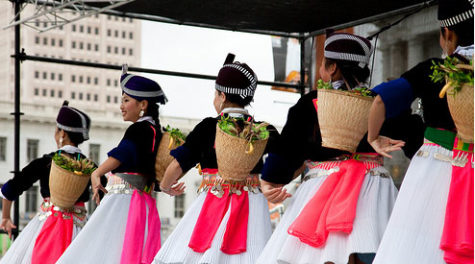News Years all year
December 16, 2022
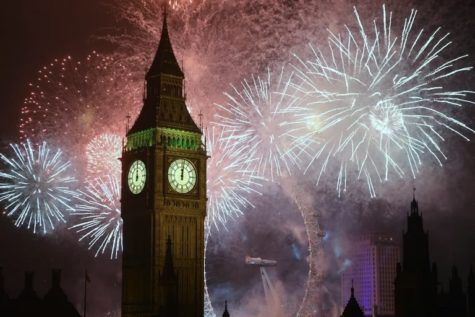
JANUARY 1: GREGORIAN NEW YEAR
The New Year most widely recognized by the western hemisphere is on January 1 of
the Gregorian calendar. Festivities typically begin on December 31 and continue into the next day. The most common traditions are making resolutions for the new year and watching fireworks. January was chosen as the first month of the Gregorian calendar because of its namesake Janus, the Roman god of beginnings, according to History.com. Different countries have specific foods they eat to signify good luck, prosperity and new beginnings.
JANUARY 22: LUNAR NEW YEAR
The Chinese New Year is also known as Lunar New Year or the Spring festival in different parts of the world. According to ChinaHighlights.com, it’s based on the Lunisolar calendar. This is the most important celebration in China and most often celebrated in other East Asian countries. Typical traditions include a feast, visiting family and honoring deities or ancestors. The Lunisolar calendar doesn’t exactly align with the Gregorian calendar, so the date varies between January 21 and February 20. Traditionally, the celebration is 16 days long but only the first seven are a public holiday where work and school is off. 2023 is the year of the water rabbit, according to the Chinese zodiac chart.
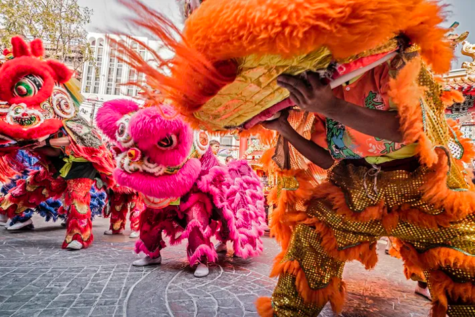
MARCH 21: NOWRUZ
Nowruz is the Iranian solar calendar New Year and is also known as the Persian New Year. The 2023 celebration will fall on March 21 because it’s the spring equinox, according to National Geographic. This holiday is celebrated by almost all the people of Iran and others in Central and West Asia because it’s non-ethnic and non-religious. Nowruz typically lasts 13 days and is spent in the company of family oftentimes with gift giving, according to Iranologie.com.
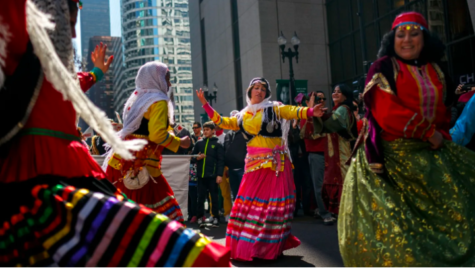
APRIL 13-15: SONGKRAN
Songkran is most popularly celebrated in Thailand as part of the Buddhist calendar. It marks the movement of the sun from Pisces to Aries in the zodiac, which usually occurs in April. Traditions vary depending on location, but the holiday is centered around water as a way of washing away bad luck from the previous year and starting fresh for the new one. Another common practice during the three-day celebration is to do some spring cleaning.

JULY 29: MUHARRAM
Muharram is the celebration of the New Year according to the Islamic calendar. It encompasses the whole first month, with the beginning of the year celebrated on the tenth day of the month, called the Day of Ashura. Traditions vary between the two sects of Islam, Sunni and Shia, but both focus on remembrance, self-reflection and expressing gratitude, according to National Geographic. It’s also common for people to fast during this time, especially on the Day of Ashura.
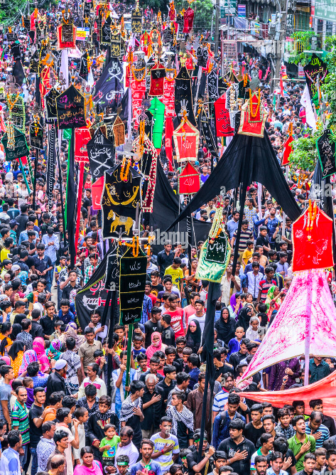
SEPTEMBER 12: ENKUTASH
Enkutatash is the first day of the Ethiopian calendar which is a mesh of the Egyptian and Julian calendars. The word “Enkutatash” translates to “gift of jewels” and is thought to be a celebration dating back about 3000 years, stated the historian Bill Petro on his website. According to National Geographic, festivities last around seven days with a focus on family. It also serves to mark the end of the rainy season in Ethiopia. The holiday is often associated with yellow daisies or “butter flowers” because they’re in full bloom, covering mountainsides, during this New Year’s celebration.
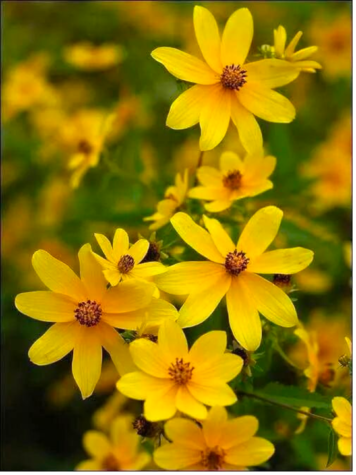
SEPTEMBER 15-17: ROSH HASHANAH
The Jewish New Year, Rosh Hashanah, celebrates the creation of the world and the “birthday” of humankind according to the Hebrew calendar. It marks the beginning of the ten Days of Awe which end with another major Jewish holiday, Yom Kippur. These are celebrated in the seventh month of the Hebrew calendar, which follows a lunisolar pattern, according to History.com. Traditions during the two days of Rosh Hashanah include not going to work, eating apples and honey for health and good fortune, and sounding the shofar, a trumpet made from a ram’s horn.
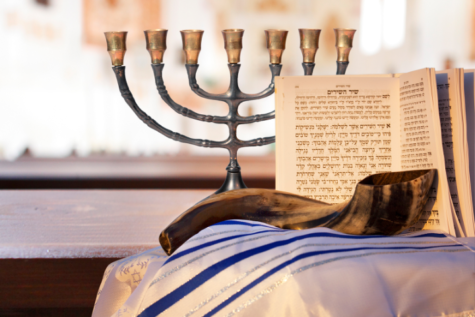
NOVEMBER 12: DIWALI
The Hindu New Year Diwali is a celebration of starting fresh with the new moon in October or November. This is a five-day celebration with one of the days called Amavasya, meaning “new moon,” which is the darkest night of the year. It is most widely celebrated in India as the “Festival of Lights” and has a common theme of light throughout the celebration. According to the Hindu American Foundation, candles and fireworks are lit, clay lamps signify the victory of good over evil and time with family celebrates the bright prospects of life.
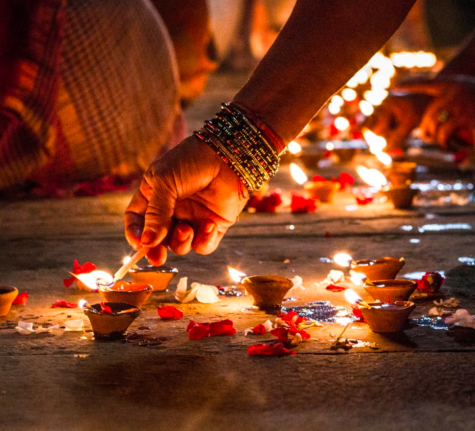
NOVEMBER: HMONG NEW YEAR
For the Hmong New Year’s celebrations, the date isn’t specific and can be celebrated any time around November and December, according to deliberation by the community. This New Year celebration is traditionally at the end of the harvest season or when all work is done, according to the Sonasia Holiday website. The Hmong people do not have a country of their own but rather maintain cultural traditions within the countries they live in. To celebrate, people dress in traditional Hmong clothing and participate in customary dances.
